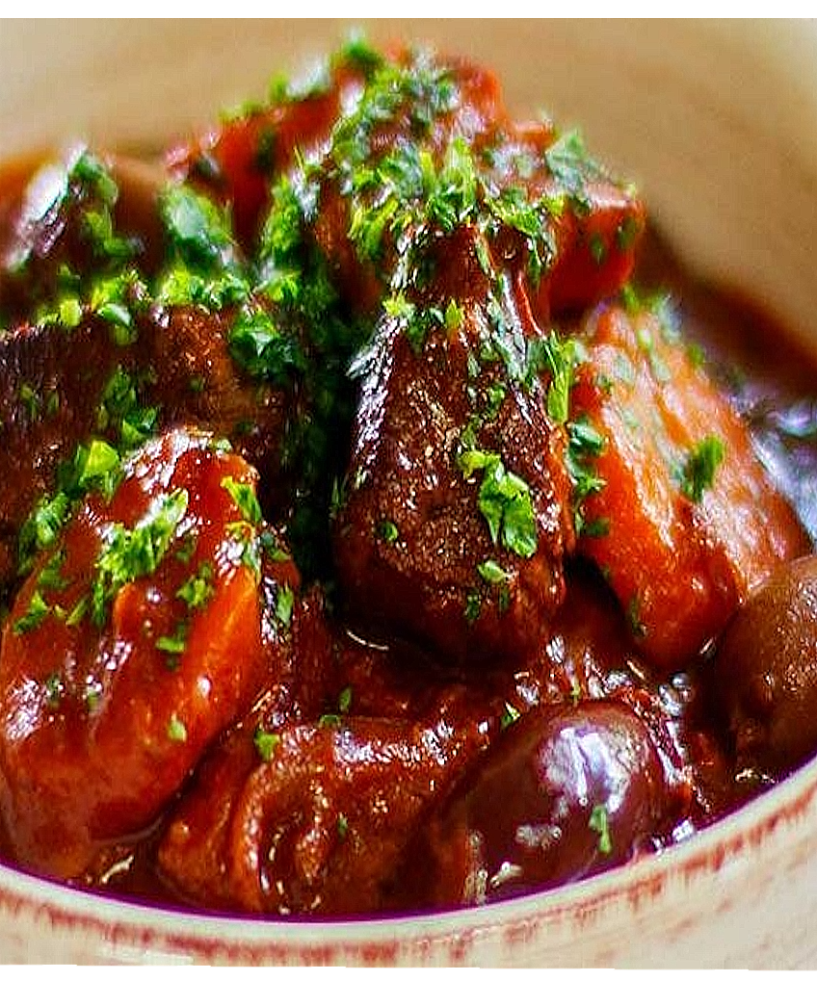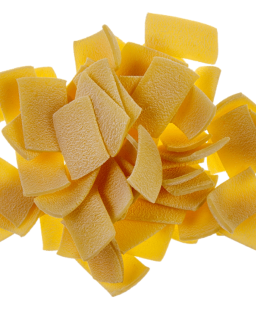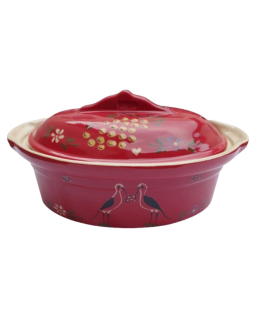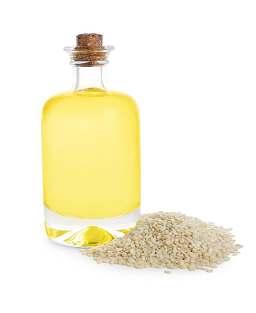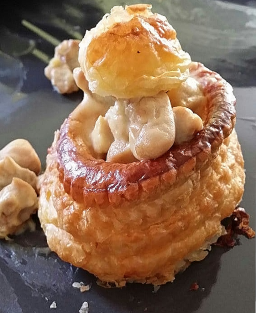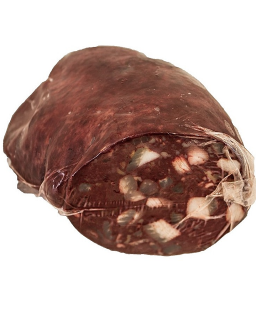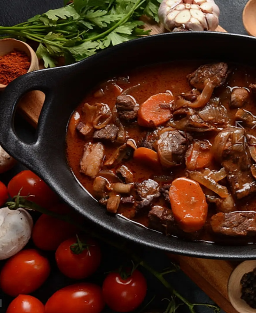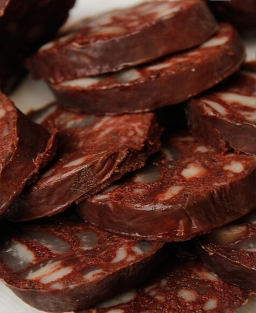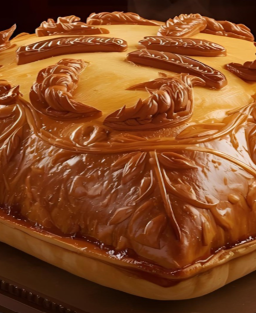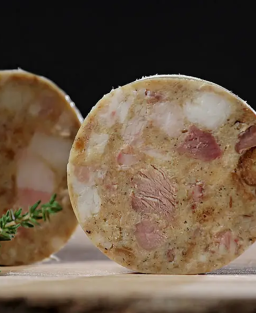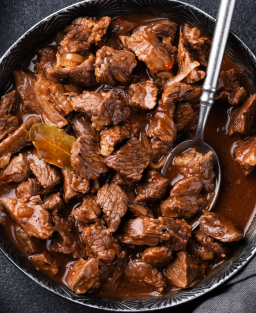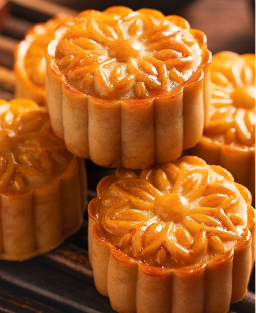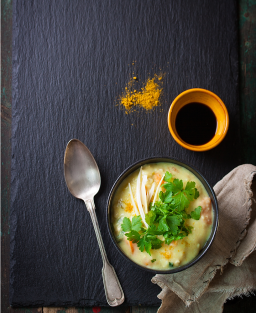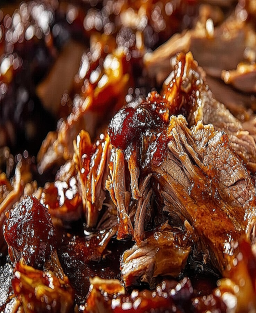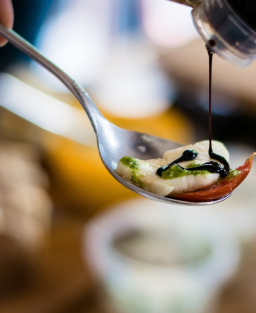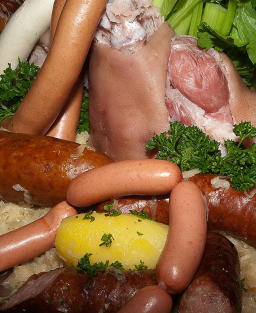Traditional Provençal Daube Recipe – Historical and Revisited Version with Tomatoes and Olives
Traditional Provençal Daube Recipe – Historical and Revisited Version with Tomatoes and Olives
Discover the traditional Provençal Daube recipe, a historic dish slow-cooked with red wine and aromatics, in a revisited version with tomatoes and olives.
The Provençal daube is said to have originated in the 19th century in rural kitchens of Provence. Families used less tender cuts of beef, often of second quality, which they marinated in red wine and local herbs to tenderize the meat. Cooks of the time sometimes added orange zest or garden herbs according to the season.
Anecdote
“Li daubo es ben facha, lou vent es mai douç” — old Provençal meaning: “When the daube is well made, the wind is gentler.”
This expression reflects the importance of mastering slow cooking: a well-stewed dish warms the heart and soul, and according to the elders, even influences the mood and atmosphere of the village. Daube was often prepared the day before major celebrations or markets, so that its aromas could fully develop, making the dish a symbol of conviviality and sharing.
Legend
It is said that an old master chef from Marseille would say: “He who knows how to wait for his daube to cook knows patience and the true taste of Provence.”
Over time, the dish became a symbol of popular gastronomy, passed down from generation to generation, with each village in Provence claiming its own version depending on available ingredients and local habits.
Required Utensils:
Daubière or cast-iron pot, large wooden spoon, paring knife, cutting board, strainer, bowl for marinade.
Country / Region:
-
Country: France
-
Region: Provence
-
Recipe origin: Oral tradition
Recipe Evolution:
Originally a rustic stew without tomatoes or olives, daube evolved with the addition of fresh tomatoes, black olives, and orange zest to enrich the aromatics and modernize the dish.
Emblematic Chefs and Contributions (Provence region):
-
Jean-Claude Izzo (local Provençal chefs): promotion of the traditional version, respecting ingredients and ancestral methods.
-
Michel Portos: highlighting Provençal daube in regional haute cuisine, long and aromatic cooking.
-
Guy Lassausaie (from and trained in the region): subtle adaptations while respecting traditional codes.
-
Local establishments recognized for traditional daube preparation in Provence:
-
La Table de Pauline
-
L’Atelier du Goût
-
Le Mas Provençal
-
L’Auberge des Maures
-
Historical Context:
Daube is a typically Provençal dish, designed to tenderize less tender cuts of beef through slow cooking in wine marinade. The historical version was very simple: meat, wine, herbs, and locally available vegetables. The revisited version enhances the flavor with fresh tomatoes, black olives, and sometimes orange zest. Since the 19th century, the dish has become a gastronomic symbol of Provence, appreciated by chefs and food lovers.
Recipe Description:
Provençal daube combines a long, slow marinade, carefully seared beef, and traditional aromatics. The revisited version adds olives and tomatoes for extra aromatic richness. The result is tender, flavorful meat subtly enhanced by herbs and wine.
Ingredients – Strict Historical Version
-
Beef (chuck or cheek): 1.5 kg
-
Local red wine: 1 liter
-
Large onions: 2
-
Garlic: 2–3 cloves
-
Carrots: 2–3
-
Bouquet garni (thyme, bay, rosemary): 1 bunch
-
Orange zest (optional): 1
-
Coarse salt: to taste
-
Black peppercorns: to taste
-
Goose fat or oil for searing: a few tablespoons
Ingredients – Revisited Version (Tomatoes & Olives)
-
Beef (chuck or cheek): 1.5 kg
-
Red wine: 1 liter
-
Large onions: 2–3
-
Garlic: 2–3 cloves
-
Carrots: 2–3
-
Fresh tomatoes, chopped: 2–3
-
Pitted black olives: 80–100 g
-
Bouquet garni (thyme, bay, rosemary): 1 bunch
-
Orange zest (optional): 1
-
Salt, pepper, olive oil: to taste
-
Tomato paste (optional): 1–2 tablespoons
Historical Provençal Daube – Complete Professional Version
-
Selecting and Cutting the Meat
-
Beef: chuck or cheek, Blonde d’Aquitaine or Limousin breed, well-marbled and fresh.
-
Remove nerves, membranes, and excess fat for even cooking.
-
Cut into regular 4–5 cm cubes to maintain texture and absorb marinade.
-
Tools: sharp knife, stable cutting board.
-
HACCP hygiene: clean hands, disinfected board, avoid cross-contamination.
-
-
Preparing the Marinade (the day before)
-
Container: glass, ceramic, or stainless steel.
-
Ingredients: 1 liter local red wine, 2 onions cut into quarters, 2–3 crushed garlic cloves, 2–3 carrots cut into 2–3 cm pieces, bouquet garni, coarse salt, black peppercorns, optional orange zest.
-
Immerse the meat fully, mix gently.
-
Refrigerate 12–24 h at <4 °C, covered.
-
Check immersion every 6–8 h and stir lightly.
-
-
Searing the Meat
-
Drain the meat, strain the marinade.
-
Heat the daubière or thick pot with 30–40 g goose fat or 2 tbsp oil.
-
Sear meat in small batches over medium-high heat (160–170 °C) until evenly browned (~3–4 min per side).
-
Remove and set aside.
-
Vegetables: sweat onions and carrots 5–6 min to develop aromas, avoid browning.
-
-
Long and Slow Cooking
-
Return meat and vegetables to the pot, pour in filtered marinade.
-
Optionally add 1–2 tbsp homemade brown stock for extra depth.
-
Cover and simmer gently (75–85 °C) for 4–6 h.
-
Stir gently every 45 min.
-
Goal: tender meat, slightly syrupy sauce, reduced but not dry juice.
-
Check: meat core temperature ~85 °C.
-
-
Finishing and Serving
-
Remove bouquet garni.
-
Adjust salt/pepper, add drizzle of olive oil or fresh herbs if desired.
-
Rest 10–15 min off heat.
-
Serve: in daubière (rustic) or individual deep plates (gastronomic).
-
Accompaniments: steamed potatoes, rustic pasta, root vegetables.
-
-
Professional Tips
-
Do not boil: gentle simmer prevents fibrous meat.
-
For a thicker sauce: add 5–10 g beurre manié or lightly reduce juice at the end.
-
Ensure uniform cubes of meat and vegetables for even cooking.
-
Revisited Provençal Daube (Tomatoes & Olives) – Complete Professional Version
-
Selecting and Cutting the Meat
-
Same as historical version: chuck or cheek, 4–5 cm cubes, remove nerves and excess fat.
-
-
Preparing the Marinade (the day before)
-
Container: glass, ceramic, or stainless steel.
-
Mix: red wine, onions in quarters, crushed garlic, carrot sticks 2–3 cm, bouquet garni, salt, pepper, orange zest, 2–3 fresh tomatoes cut into large pieces.
-
Refrigerate 12–24 h at <4 °C, covered.
-
Stir gently halfway through for uniformity.
-
-
Searing and Pre-Cooking
-
Drain meat, set aside tomatoes for later cooking.
-
Heat pot with goose fat or olive oil.
-
Sear meat in small batches over medium-high heat (~3–4 min per side).
-
Sweat vegetables from marinade (except tomatoes) 5–6 min.
-
-
Long and Aromatic Cooking
-
Return meat and vegetables, pour in filtered marinade.
-
Cover and simmer 4–5 h over low heat (75–85 °C).
-
Add tomatoes and pitted black olives 45 min before the end to preserve texture.
-
Stir gently every 30–45 min.
-
Meat core temperature: 85 °C.
-
Final sauce: creamy, slightly syrupy, well-flavored.
-
-
Finishing and Serving
-
Remove bouquet garni, adjust seasoning.
-
Rest 10–15 min off heat.
-
Serve in daubière (rustic) or individual plates (gastronomic).
-
Accompaniments: fresh pasta, steamed potatoes, roasted vegetables, drizzle of olive oil or fresh herbs.
-
-
Professional Tips
-
Do not add tomatoes too early to avoid puree and excessive acidity.
-
Stir gently to preserve integrity of olives and vegetables.
-
To thicken sauce: beurre manié or light reduction at the end, according to taste.
-
Regional Versions / Variations
-
Strict Provençal version: only beef and herbs, no tomatoes or olives.
-
Modern version: with tomatoes, olives, and sometimes a small bunch of fresh basil.
Tips and Advice
-
Respect long marinade to tenderize meat.
-
Do not boil daube to avoid toughening the beef.
-
Add olives at the end to preserve flavor and texture.
Serving
-
Rustic presentation: directly in daubière.
-
Gastronomic presentation: individual portions on hot plates.
-
Accompaniments: fresh pasta, steamed potatoes, country bread.
Recommended Wines and Drinks
-
Wine: Côtes du Rhône, Bandol, Provence red.
-
Drinks: sparkling water or light rosé.
Approximate Nutritional Information
-
Energy: 480–500 kcal / serving
-
Fat: 25 g
-
Carbohydrates: 15 g
-
Protein: 45 g
-
Fiber: 5 g
-
Allergens: none in particular
-
Possible adaptations: gluten-free, vegetarian version with plant proteins and vegetables.
Glossary
-
Daubière: earthenware pot used for slow cooking.
-
Marinade: aromatic liquid mixture to tenderize and flavor meat.
-
Sear: quickly brown meat to develop aromas.







